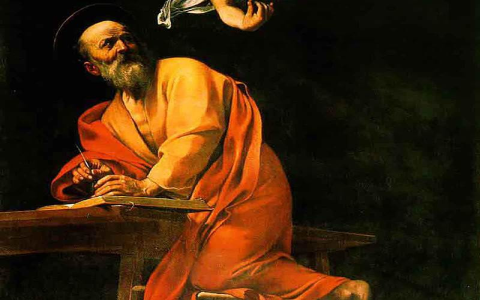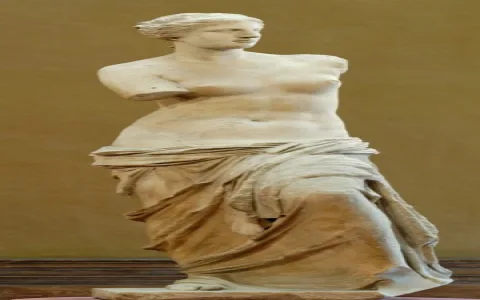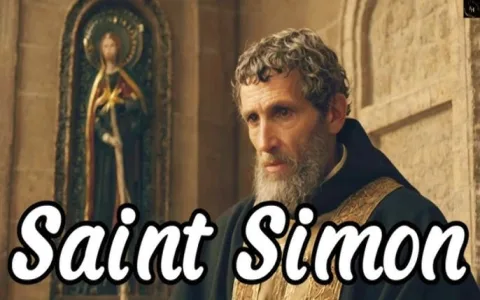Honestly, Caravaggio kept popping up everywhere when I started diving deeper into art history podcasts last month. People raving about how revolutionary he was. So finally, I figured, okay, time to actually look at what all the fuss is about with these Saint Matthew paintings. Went down a real rabbit hole.
First step? Finding decent pictures online. Scrolled through gallery websites for ages. Finally found good close-ups of the three versions – St. Matthew and the Angel, The Calling of St. Matthew, and The Martyrdom of St. Matthew. Slapped the images up on my second monitor, side by side. Honestly? At first glance, they just looked… dark. Like, really dark. Lots of shadow. Didn’t exactly scream “revolutionary” to me.
But I decided to try and look like he did. Grabbed a sketchpad and just started copying bits. Zero drawing skill involved, mind you – we’re talking stick figures level. Focused hard on The Calling first. Tried to sketch that hand pointing, Jesus mostly hidden in shadow, Matthew looking shocked under a weird beam of light slicing through a grimy window. Trying to copy that beam? Made me realize how unnatural it felt. Like, sunlight doesn’t slice so dramatically indoors. It felt… staged. Manipulated.
Did the same thing for The Martyrdom. Wow. Total chaos. Naked guy on the ground about to get stabbed, people recoiling in horror, even a kid screaming. It felt messy, chaotic, bloody. Not some serene, perfect moment. I found myself trying to sketch the fallen guy’s contorted body – incredibly awkward to even scribble. The raw violence just jumped out.

Then I hit a wall: St. Matthew and the Angel. The original version was apparently too shocking? Scandalous? Found that version too – Matthew looks like an old, barefoot peasant with dirty feet, an angel practically wrestling him to write. Copied those hands and feet. They looked rough, real, sweaty – not some idealized saint. No wonder they made him paint a second version! The replacement felt way safer, duller.
That’s when it started clicking. Here’s what smacked me upside the head:
- Drama Factory: He basically invented hyper-intense lighting, like stage lights. Not natural light, but a weapon to punch you in the gut with emotion. Painted a beam of light slicing through my dim room just to see the effect – it’s impossible to ignore!
- Dirtbag Realism™: Holy figures with grubby toes? Puffy faces? Sweaty skin? Total shock tactic back then. The saints weren’t untouchable gods anymore; they looked like the guy serving you pasta. I remembered thinking, “Damn, those feet look real.”
- Bang! Action Shots: Martyrdom wasn’t a peaceful passing. It was messy, mid-stab, chaotic camera angle stuff. No polite posing. Pure panic attack captured. It forced you into the violence.
So why’s this so crazy important? Well, after staring at these copies until my eyes hurt, the sheer audacity hit me. This guy basically threw out the Renaissance rulebook.
Suddenly it made sense why artists like Rembrandt and Vermeer popped up not long after. Those heavy shadows? The spotlight effects? The ordinary-looking people? Yeah, they totally stole Caravaggio’s homework. He planted a seed that grew into practically all that dramatic, emotionally charged stuff that came after him.
The biggest thing I took away? He wasn’t painting saints and angels for some perfect heaven. He painted people – flawed, sweaty, scared people – right here on earth, under a harsh spotlight. And he forced you to feel their shock, their pain, their grubby humanity. That raw, in-your-face power? That’s why you still see documentaries about him, why his fingerprints are smudged all over centuries of art that followed. Changed the game completely. I get it now. Blew my mind while I ate peanut butter straight from the jar.




